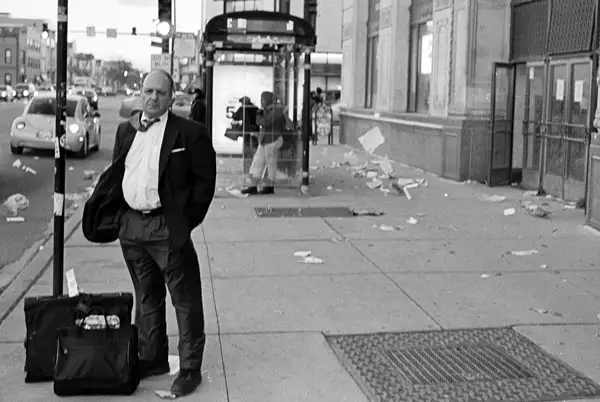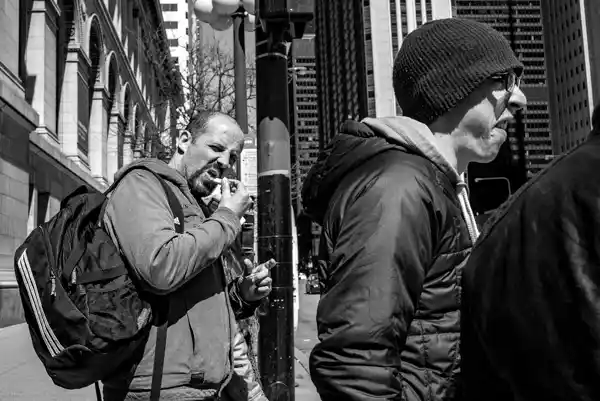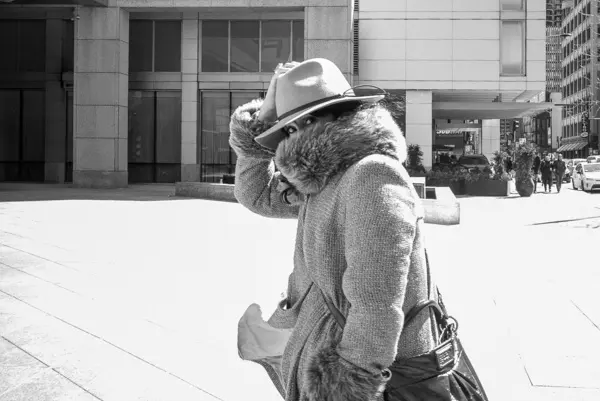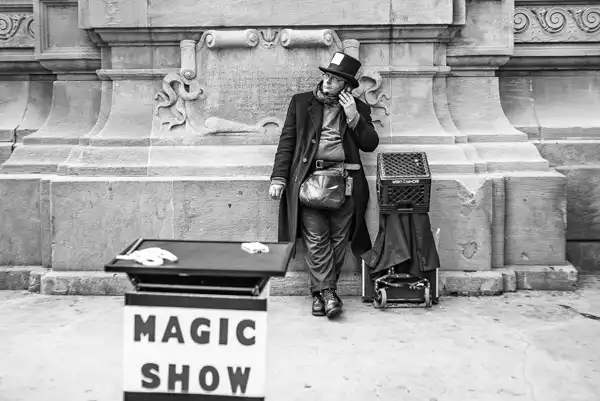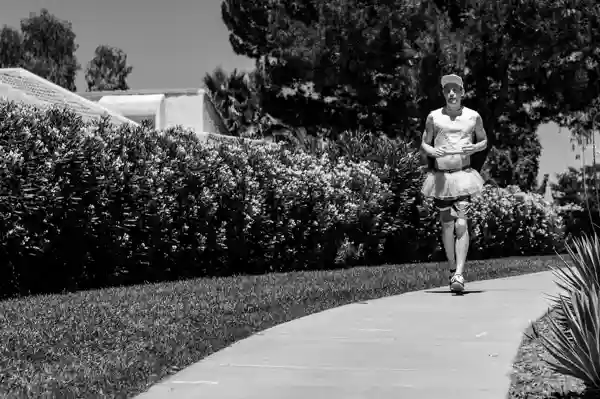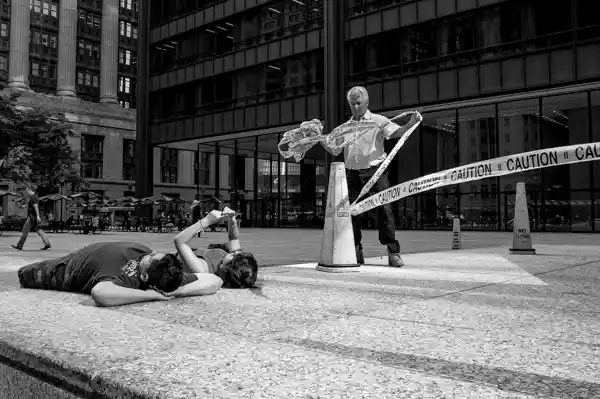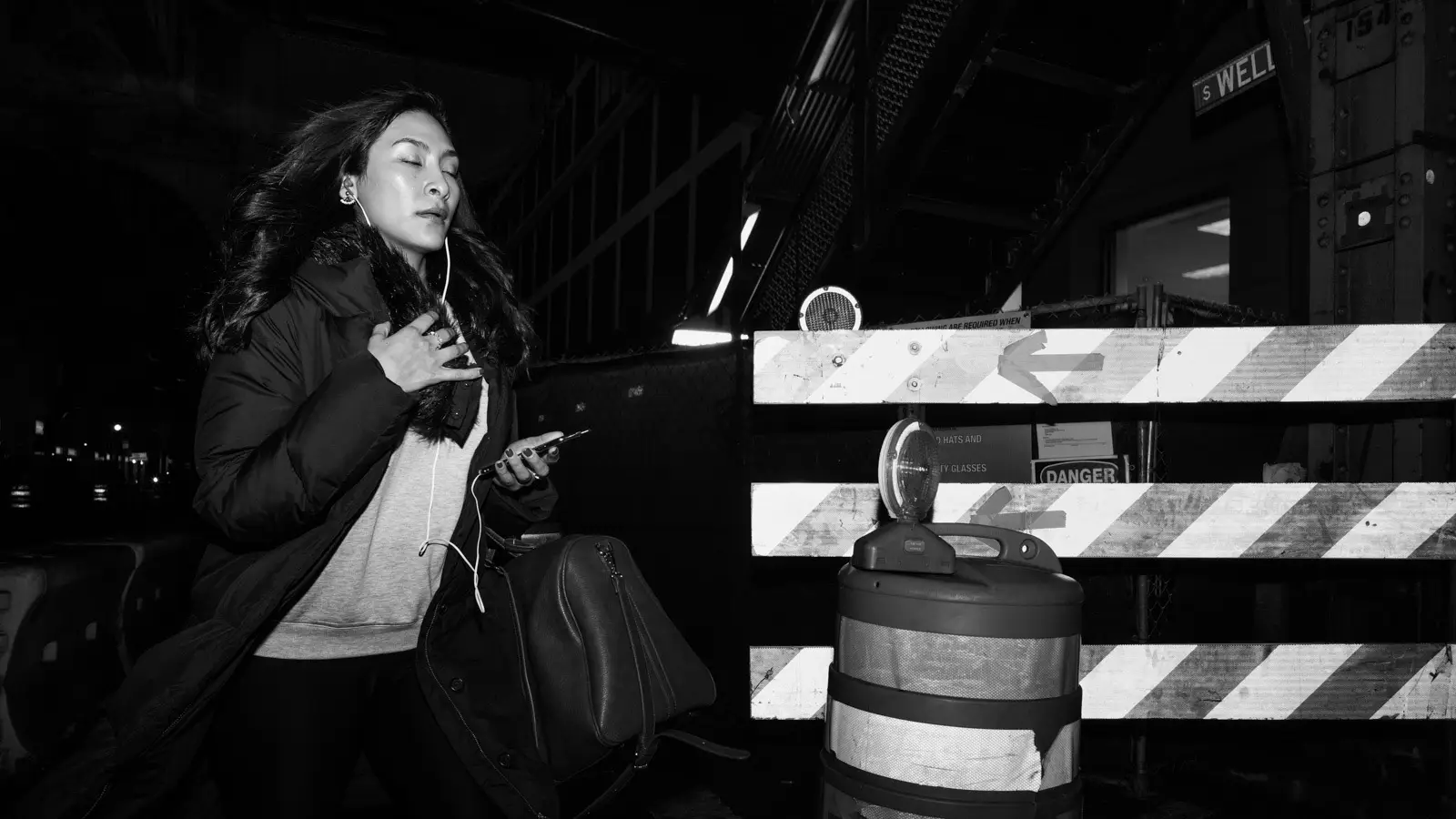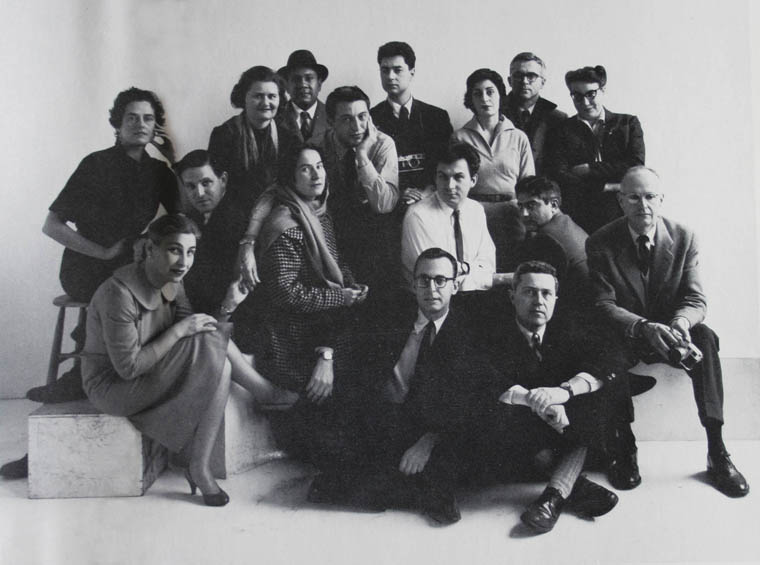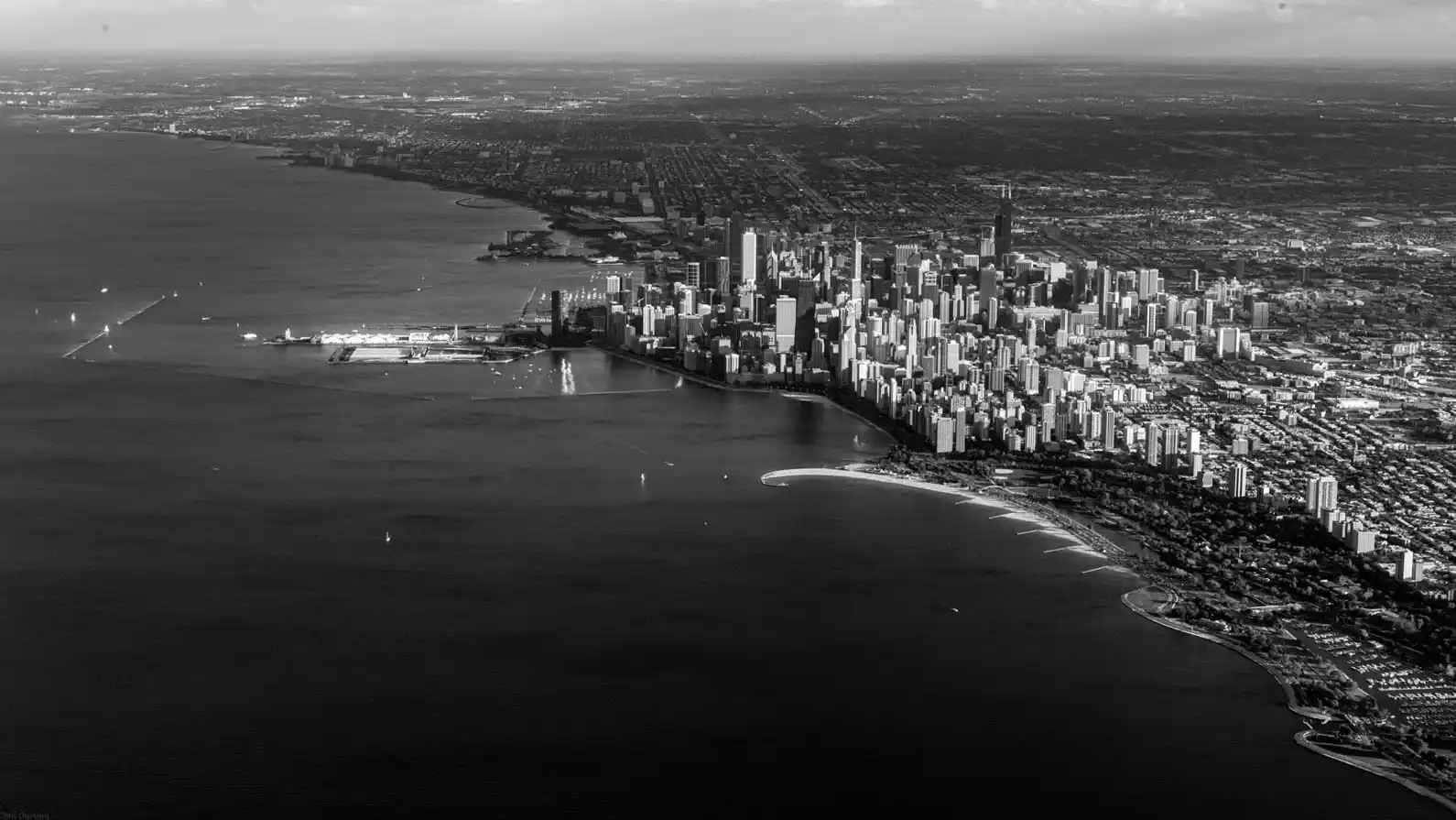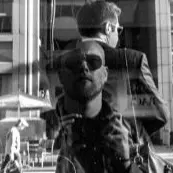Street Photography
What Is Street Photography?
Street photography, when boiled down to its essence, is simply candid photos of people in a public space. There is plenty of historical precedence for this definition, and anyone who is considered a famous street photographer will have all of their famous street photographs fit this description. I think where the controversy begins is when you start straying from this definition, particularly if redefine it by removing words. Take out candid, people, or public, and suddenly great debate will emerge. Personally I think the core issue is there aren’t any well defined labels for these variations. Some terms that get used include street portraiture, urban landscapes, and candid portraits respectively. But if you took a poll you will likely get as many responses as respondents. I have no particularly strong feelings on how to name things, but I think it’s useful to have generally agreed upon labels.
What Makes a Good Street Photograph?
The same things that make any photograph good. Light, composition, subject. What makes street so incredibly challenging is how little control of these things you have in the moment. And moment is the key word, whether you want to append ‘decisive’ or not (I personally think it is a nonsensical distinction, as if one moment is somehow better than others”). The moment you see something interesting you have two choices; take the photo from where you are as quickly as you can, or start scanning to see if you can move to change the background, wait until the subject enters better lighting, or simply reposition yourself or wait for the composition to come together. The sheer number of almost good images you will get from not being able to control these elements is one of the two most difficult aspects of street photography.
What Right Do You Have To Take Someones Photo Without Consent?!
Legally, in the US, you have every right to take a picture of anything you can see while you are standing in a public space. Morally you are certainly within your rights to be taking pictures of people who have entered into a public space and are taking no issue with the gaze of strangers, being in the background of selfies, and recorded by any number of surveilance cameras. It is only when confronted with a stranger pointing a camera at them that people tend to panic a bit.
Honestly, so do I, I completely understand where people are coming from. It is disconcerting, and potentially upsetting. For this reason I personally do my best to smile, say thank you and converse with anyone who intiates a conversation with me. I may delete a photo at their request, but 99% of the time I just tell them why I took their picture. There is always a reason, if you are honest with yourself, and I think it speaks volumes to your character as to what that is. “You are wearing a really cool hat” will always, in my experience, immediately ease their concern and more often than not get a smile or laugh. If you pointed a camera at a person in distress, or whom you have much greater social standing and are leering or laughing at their predicament, then you should be willing to tell them as much. And if you get punched in the nose… you deserved it.
Is Street Photography Art?
Street photography comes from the lineage of documentary photography and photo journalism. Street photos are not generally planned, concepted or executed in the same way a portrait or still life might be. However, there are many, many beautiful, arresting, incredible street photos. And if you can tear a urinal off a wall, tape a banana next to it and print off someone’s instagram post and change the art world forever, I don’t see why a street photo wouldn’t be in the conversation. Personally I have tried to move my street photography further and further in to a style and aesthetic that I want to convey, but obviously much of the work remains serendipitous.
My Artists Statement
As a street photographer, I explore the variety and individuality of people. I am not seeking to belittle or mock. I shoot from low, allowing people to fill the frame, rather than from my own eye level which can make them look small or diminished. I record an individual’s pose, expression, background and context - exploring a stranger for a moment.
I am consumed by both the instantaneous nature of photography, as well as the element of chance. I can move, silently interact, and create images unfettered by time, materials or location. There is a serendipity to the a process, which at its best it feels like a dance.
Street photography has a long history and a wide variety of approaches. I have been influenced particularly by the subject choices of Diane Arbus, the dark beauty of Trent Parke’s work and the surreal play of light and time of Barry Talis. Parke and Talis both utilize flash as a creative tool, rather than simply as a form of illumination. I have tried to tap in to this by being deliberate with my use of light, particularly of course in my night photography.
I shoot using a digital black and white rangefinder camera. I tend to have a set of locations and a time of day when I know more or less where the sun will be. I choose a mile or so of ground to cover, slowly moving through places and people.
Living in a city is such a unique opportunity to explore humanity in a way that one cannot in a more intimate setting. People are largely unaware of one another. I photograph with a wide angle lens, very close. The process, while rewarding, is quite exhausting.
The act of image making can be very jarring and unsettling for the subject. As an artist I feel compelled to make the images the way I see them, but I am acutely aware of this effect on my subjects. I am sensitive to the fact that I am making people uncomfortable and that there is a level of power and powerlessness in the making of the work. It is not my goal to exploit this, in fact it makes me quite uncomfortable. I try to have a moment with people after the image is made, artist to subject, but I never ask for permission in advance. To do so would ruin the result. It is an aspect of my work that I am truly looking forward to discussing and exploring more with teachers and peers in class.
My Portfolio
Concrete Beach
Chicago Lakefront, Summer 2018, Leica Monochrom


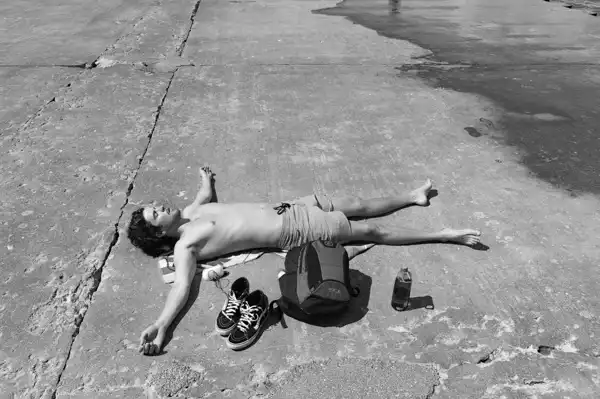

Monterey
California, Summer 2018, Leica Monochrom

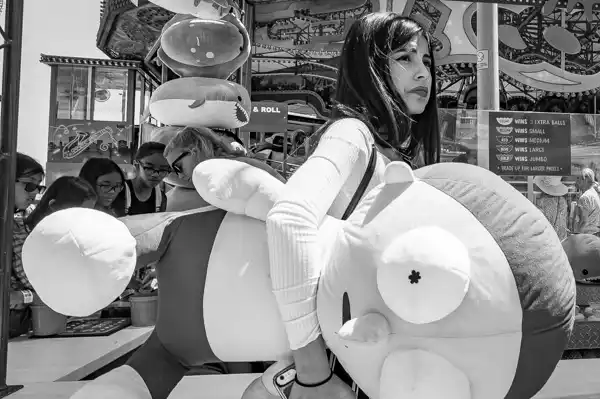
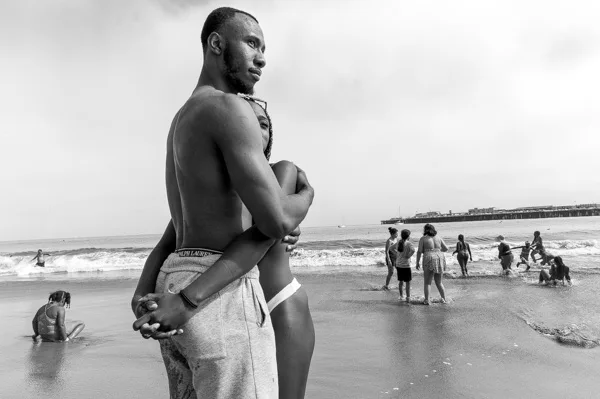

After Work
Downtown Chicago, Spring 2018, Leica Monochrom + Flash

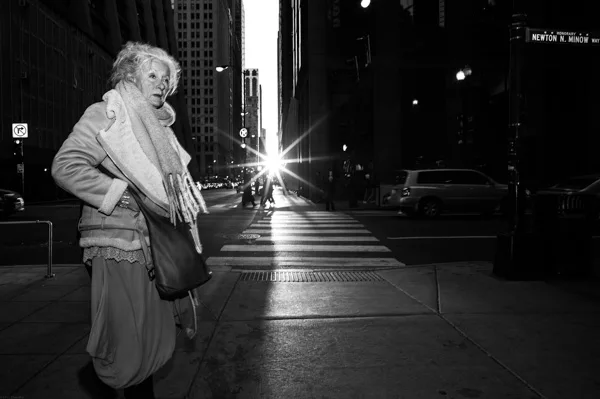
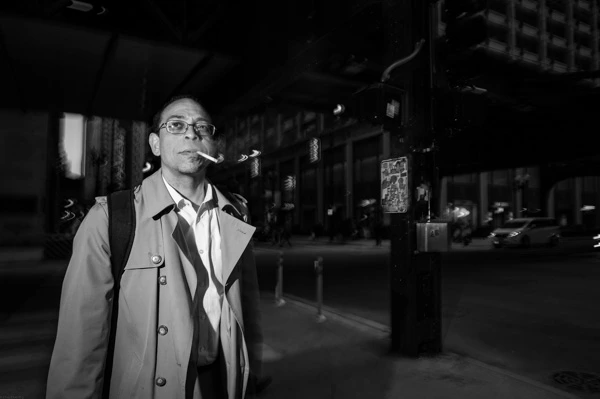
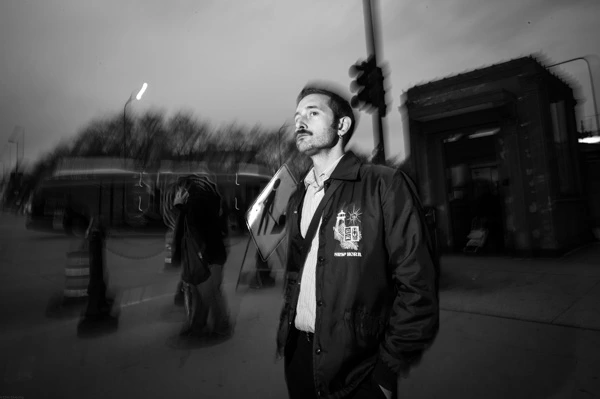
Winter Nights
Downtown Chicago, Winter 2017/18, Leica Monochrom + Flash
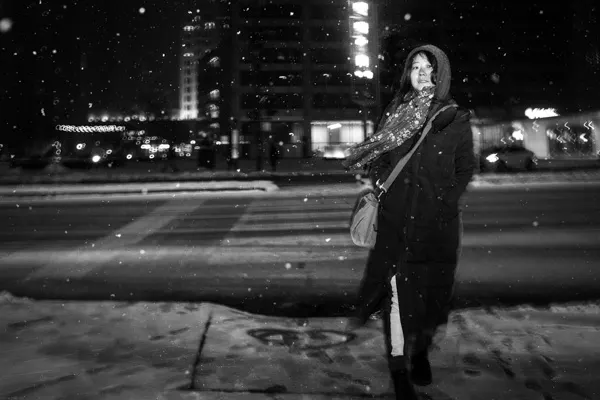
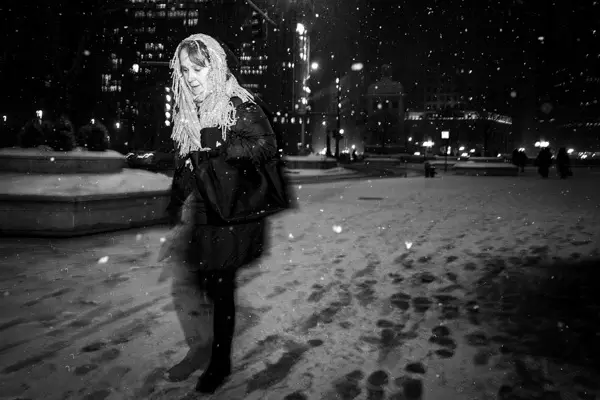
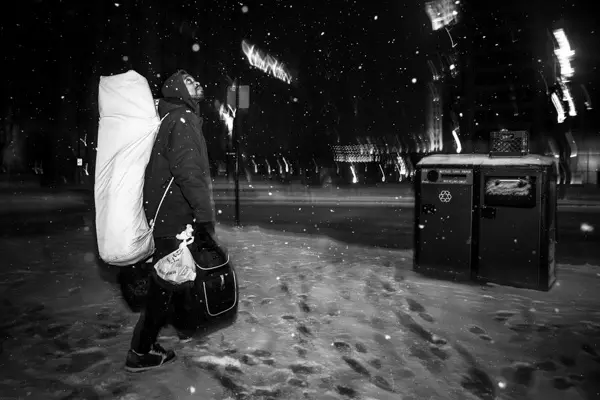
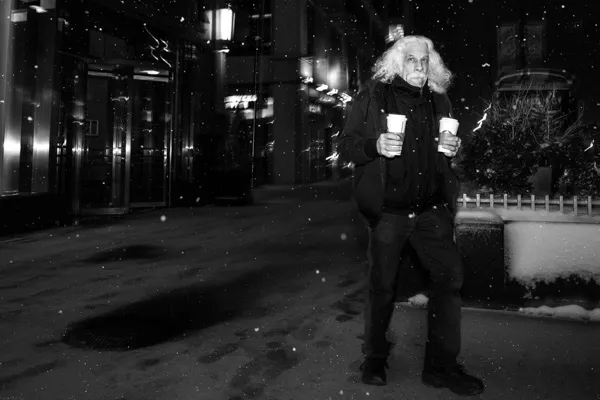
Things to Do
Downtown Chicago, Summer/Fall 2017, Leica Monochrom
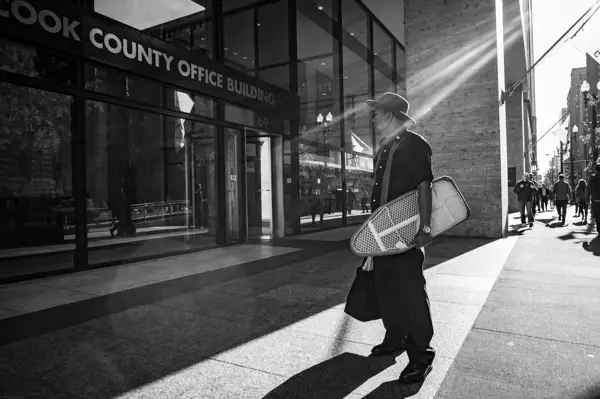

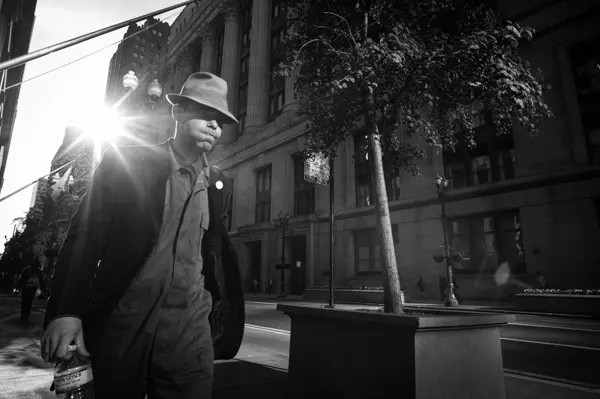

Places to Be
Downtown Chicago, Summer/Fall 2017, Leica Monochrom
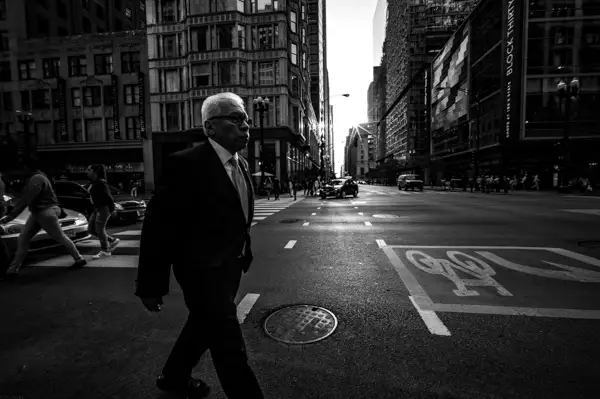

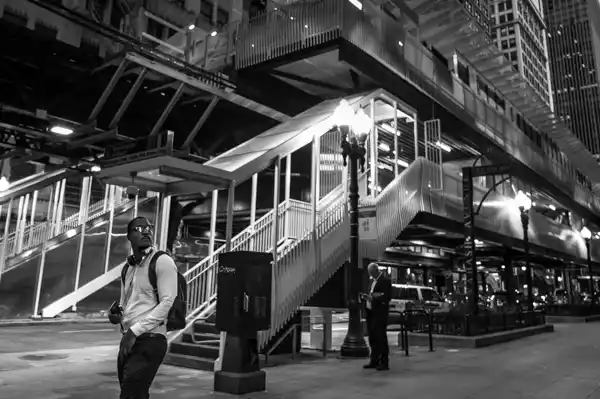
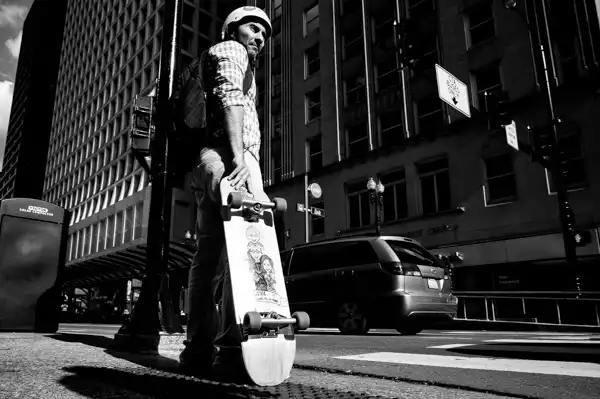
Great Britian
UK, 2017, Leica Monochrom
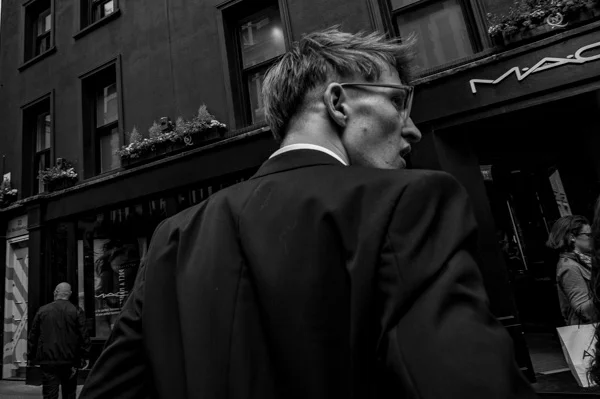
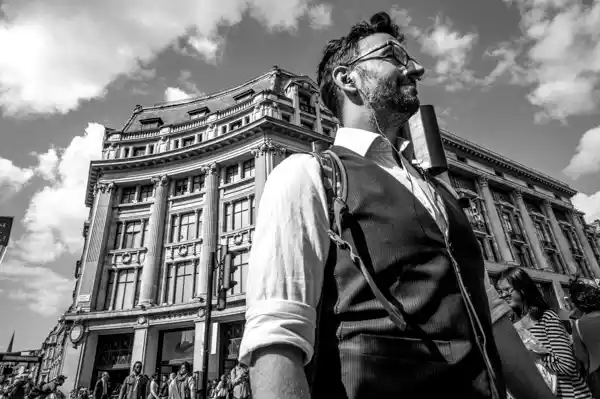
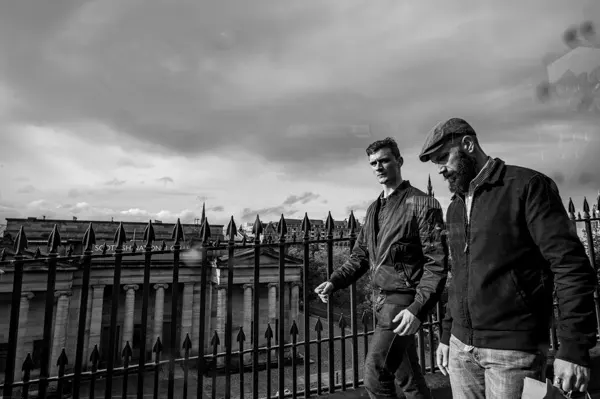
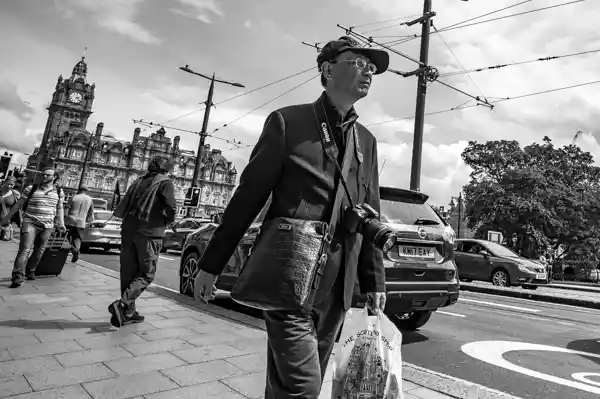
Chinese New Year
Chinatown Chicago, January 2017, Leica Monochrom
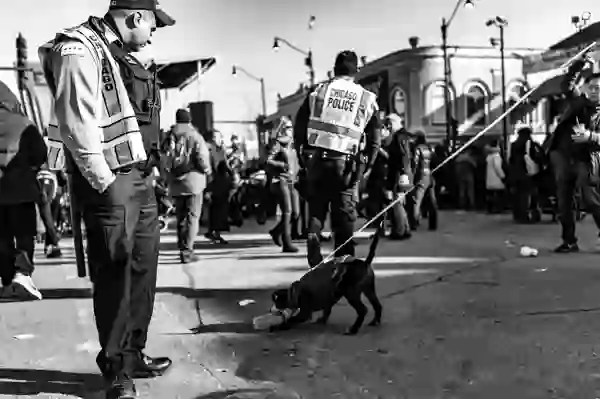

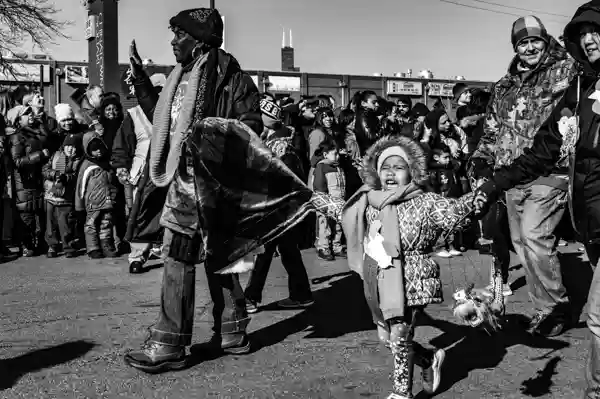
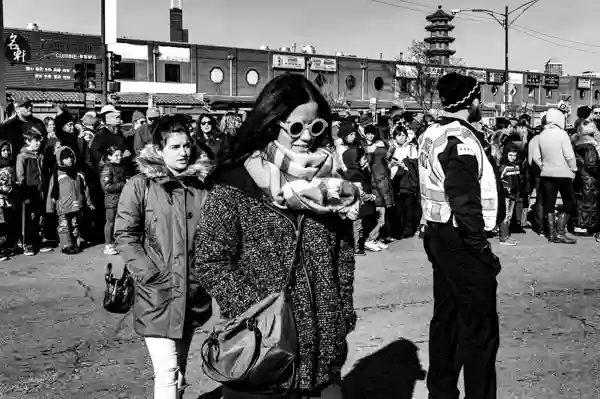
Classics
2015 - 2018, Sony A7S, Leica M7, Leica M9M
